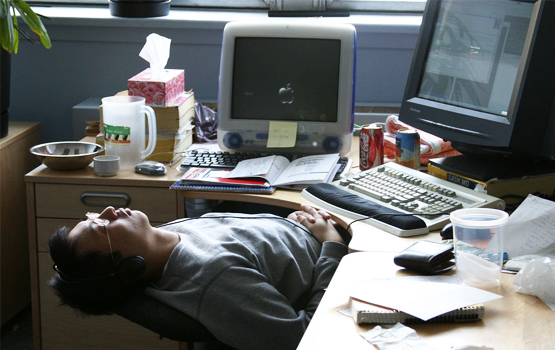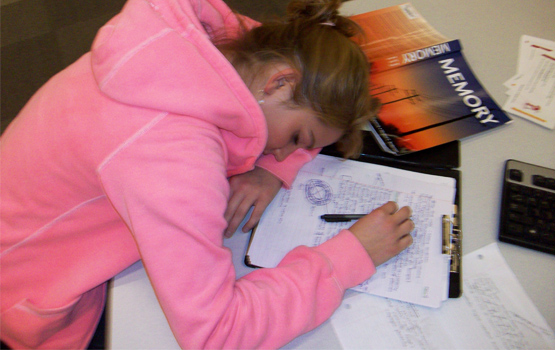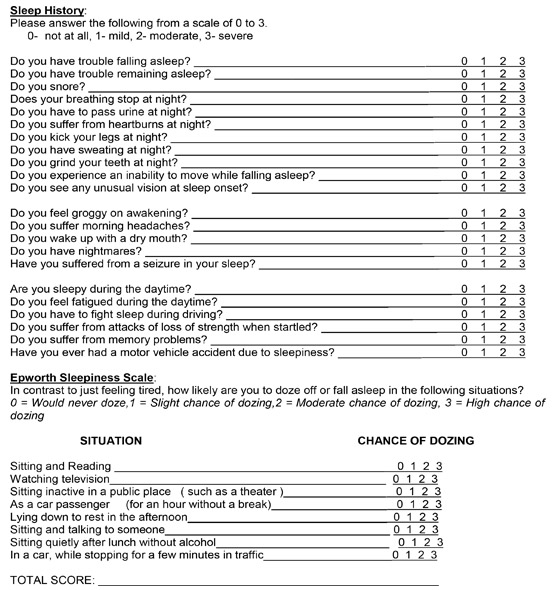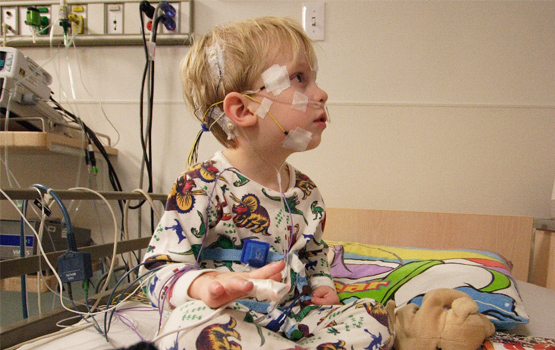Narcolepsy is a neurological disorder that keeps people from staying awake for a long time even if they wanted to. People with this sleep disorder feel sleepy and drowsy most of the time. This disorder is often mistaken with laziness, but it is not so. It is a disorder of which the person does not have any control over as it is irregular.

Narcolepsy cannot be cured as it is chronic but can be kept in check with medications and other remedies. This is solely a neurological disorder and not caused due to depression, seizures, or sleep cycle disruptions.
These points will help minimizes the symptoms
What Narcolepsy does?
Narcolepsy is the condition in which the victim feels unusual tiredness and falls asleep without his/her prior notice when accompanied by a relaxing surrounding. Rapid Eye Movement (REM), a stage of sleep where people get dreams and experience muscle paralysis, occurs instantly during this sleep cycle. Whereas, in a normal sleep cycle, REM sleep occurs only after 90 minutes or so of falling asleep.
Symptoms of Narcolepsy
Some symptoms of narcolepsy start showing from the age of 10 in some people and remain for life. The most common symptoms of narcolepsy are as follows:
Excessive sleepiness during daytime

People with narcolepsy fall asleep at any time and at any place, defying the sleep cycle. This is known as Excessive Daytime Sleepiness (EDS). Narcolepsy doesn’t come with warning – one minute you are talking with them and the next minute you turn your head and look back, they are already asleep The sleep can be for few minutes to about an hour depending upon their level of alertness and concentration.
Cataplexy
Cataplexy is the condition in which muscle tone is suddenly lost with other physical changes like slurred speech. Intense emotions like laughing, surprise etc triggers cataplexy. People with narcolepsy may have cataplexy attacks and episodes occurring couple of times a year or many times per day. Whereas, some may not even have this particular symptom.
Hallucinations
Hallucinations are dreams that a person sees when they are semi-awake, which makes it seem real. People with narcolepsy disorder might have hallucinations while they are awake or asleep. The hallucinations that occur when sleeping is known as hypnopompic and when awake is known as hypnogogic.
Sleep Paralysis
The people with narcolepsy sometimes are not able to move or speak but are aware before falling asleep or just after waking up. This sleep paralysis is similar to paralysis that occur during the time of dreaming. So It is common for normal people to have sleep paralysis, ruling out the possibility of narcolepsy.
Other sleep disorders
Sleep disorders like restless legs syndrome, apnea and insomnia also happen to be the symptoms of narcolepsy.
- Restless legs syndrome is the condition of nervous system, where people get the impulse to move their legs and are unable to fall asleep.
- Obstructive sleep, apnea is the condition where breathing stops and resumes with in seconds for many times during the night while sleeping.
- Insomnia is also one of the sleep disorders, Making it hard to fall asleep due to various discomforting reasons.
Narcolepsy also makes some people to move their arms and legs at night including talking or shouting in sleep. But they forget about doing it after waking up.
Effects fo Narcolepsy
People mistake narcolepsy as a person being lazy and rude rather than a condition. This imbalances the victims personal and professional life, making them emotionally, mentally and physically disturbed. These sleep attacks can lead to accidents as well. Overweight is also seen in some of the people suffering form narcolepsy. If the condition is affecting the person’s life gravely, the person must visit the doctor or sleep specialists, and take medications accordingly.
Causes of Narcolepsy
There is no exact cause of narcolepsy known. The cause might be genetic factors or infections. Some of the studies have suggested genes to be associated with it along with disturbed chemical activities in the brain being the cause. The chemical connected with the disorder is Hypocretin which regulates and controls sleep cycle. Low level of this chemical results in narcolepsy and cataplexy. The chemical as well as other factors regulating REM sleep faces abnormalities in the disorder.
Diagnosis of Narcolepsy
Diagnosis of narcolepsy is similar to other neurological and sleep disorders. The tests are done to know the type of sleep disorder a person is suffering from. There are in-depth analysis and many tests taken by doctors and sleep specialists. The following tests must be taken to diagnose narcolepsy and its severity:
Sleep history and Sleep Scale
A detailed sleep history for some days is needed for diagnosing narcolepsy. The sleep history can be recorded by the person suffering from the disorder by themselves or a form will be given to be filled out daily. The person must keep a detailed record about their sleep pattern as a diary. The log will help the doctor to know the severity. Some things mentioned in the sleep history form would be.

There are many kinds of sleep scales. The most common is Epworth Sleepiness Scale which is a set of questions and answers that is written down in a numbered scale according to the degrees of the sleepiness during various activities.
Actigraph
Actigraph is a machine, which looks like a wrist watch, used to keep track of a person’s working pattern. It measures the time difference between the persons working and rest time. It also looks after the duration of total rest or sleep.
Polysomnogram (PSG)

The test is taken in the hospitals with the supervision of doctors. Electrodes are placed on the scalp of the person. A machine measures the signals of electrical activities of brain and heart along with the movement of eyes, muscles and breathing when the person is asleep. It is used to check abnormality of REM sleep.
Multiple sleep latency tests (MSLT)
The sleep latency tests measure the time taken to fall asleep during the daytime and Rapid Eye Movement (REM) sleep. The doctors observe the patterns by making the person take several naps during the day. If the person has narcolepsy, then the person falls asleep easily and gets REM sleep instantly.
Hypocretin test
Hypocretin is a chemical found in the brain which regulates sleep and wakefulness along with REM sleep. In narcolepsy, hypocretin levels get very low. The test measures hypocretin levels in spinal cord with the help of spinal fluid sample.
Treatment of Narcolepsy
There are treatments to minimize the symptoms of narcolepsy for a long duration but there is no cure. Medications as well as lifestyle changes are required for the people with this disorder to live normally and not have symptoms like cataplexy.
Doctors use many central nervous system stimulant drugs, serotonin reuptake inhibitors and many other tricyclic antidepressants to treat narcolepsy. These drugs help people with narcolepsy keep themselves awake during the daytime and to subdue other symptoms like cataplexy, hallucinations, etc. The dosage and type of drug depends on the severity of the disorder. These drugs are highly addictive and have many side-effects like headache, nausea, palpitations, nervousness, etc, so aren’t easliy available without doctors prescription.
Many studies are still being conducted to find proper treatments of narcolepsy like hypocretin replacement, gene therapy, stem cell transplantation, etc.
If you think that the symptoms match your condition and the symptoms are affecting your daily life then you should seek for help froma a doctor or a sleep specialist. You can also try some of the home remedies to control narcolepsy.